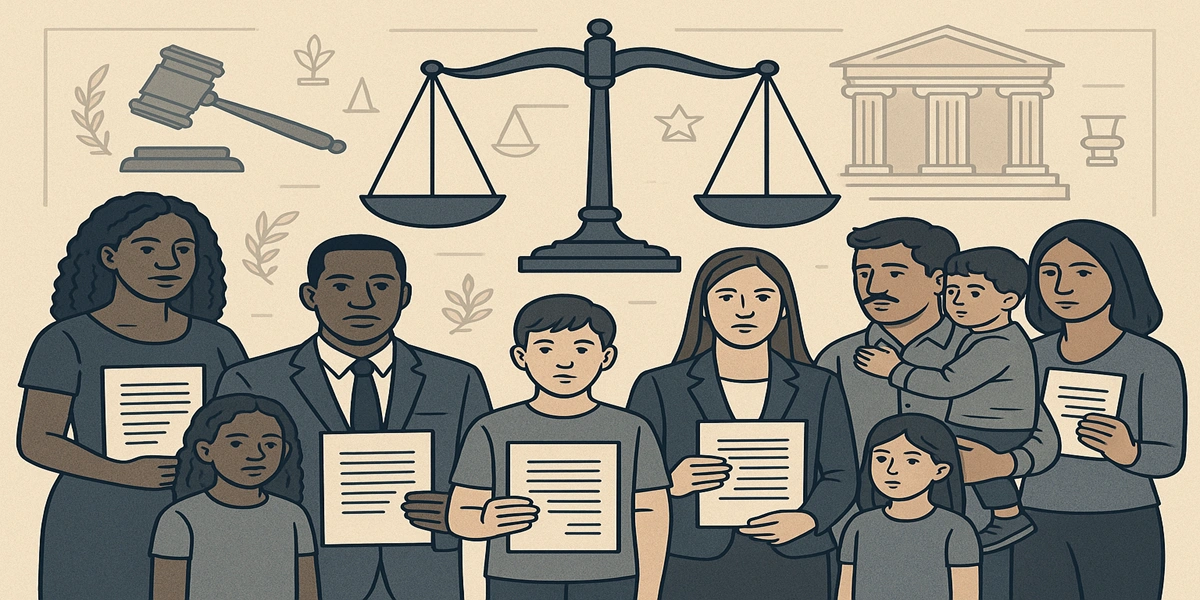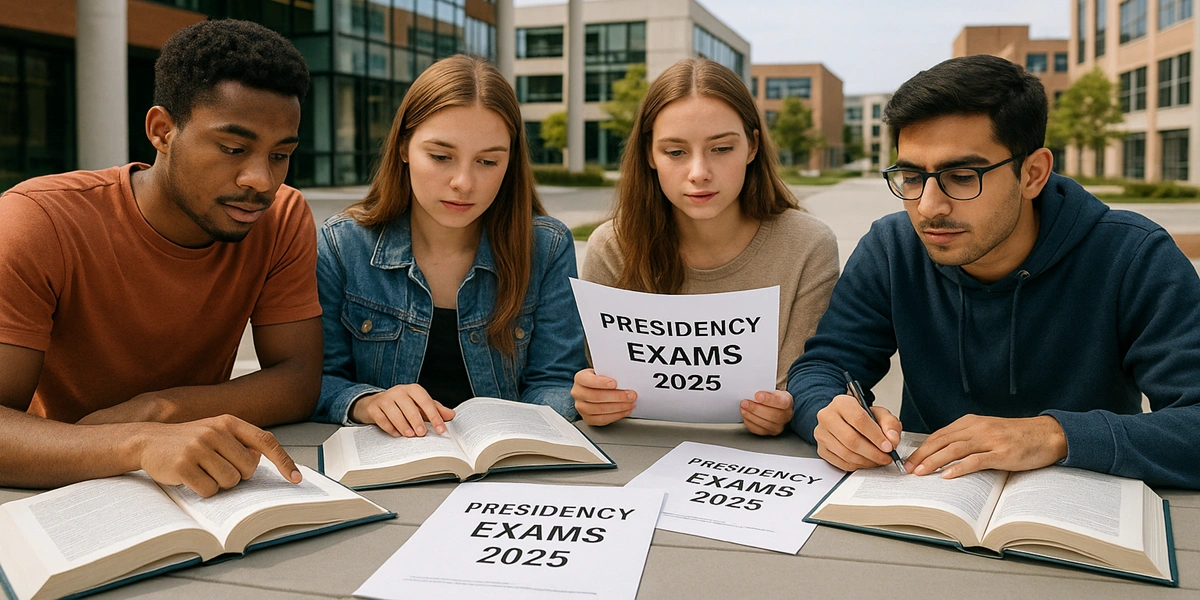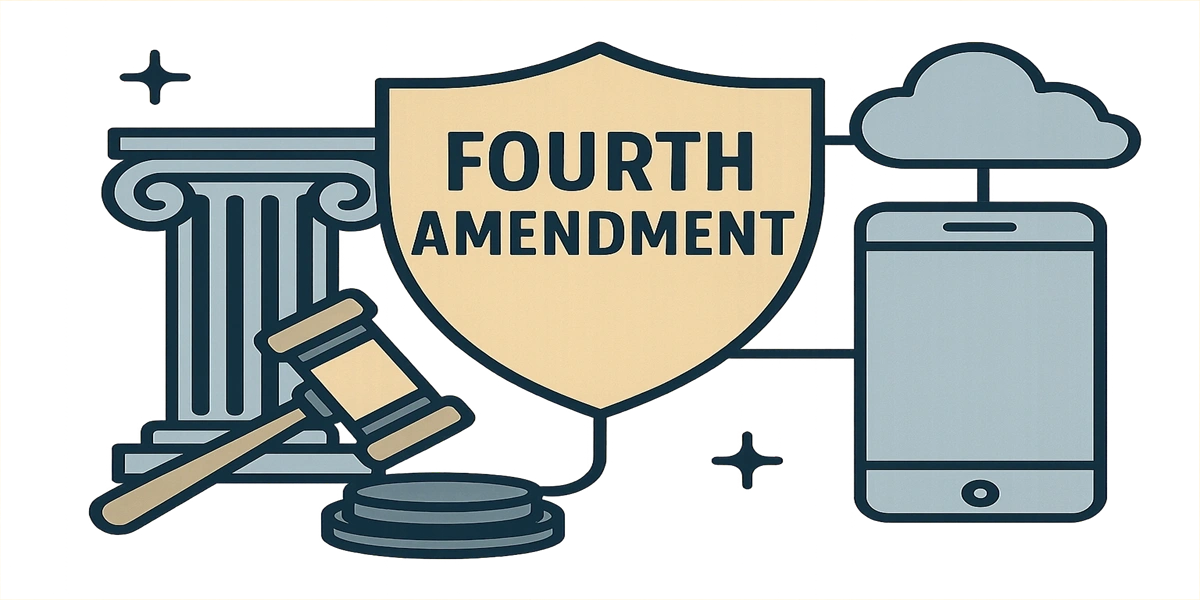What started as a political protest in the heart of Murshidabad turned into a tragic chapter for Calcutta High Court. Emotions ran high, streets were filled with chaos, and in the blink of an eye, peaceful demonstrations against the Anti-Waqf Bill spiraled into violent unrest. As the situation worsened, news of injuries and deaths gripped the region, leaving families shattered and communities shaken.
High Court’s Swift Response Brings a Ray of Stability

In the face of this growing turmoil, the Calcutta High Court acted swiftly and decisively. Taking note of an urgent plea filed by a BJP leader, Chief Justice TS Sivagnanam set up a special division bench to address the crisis without delay. The bench, consisting of Justices Soumen Sen and Raja Basu Chowdhury, ordered the immediate deployment of Central Forces in Murshidabad to help restore law and order. This move signals a strong message: when democracy is threatened by violence, justice must rise to protect the people.
A Tense Political Landscape Behind the Violence
The Anti-Waqf Bill has stirred intense emotions across Calcutta High Court, with critics fearing it could alter the religious and cultural dynamics of the state. The protests in Murshidabad were born from these concerns, but unfortunately, the anger on the streets turned deadly. Amidst slogans and marches, clashes erupted, and the consequences were devastating. While political parties continue to exchange blame, ordinary citizens are the ones bearing the emotional and physical wounds of this conflict.
Citizens Look for Peace Amidst Uncertainty
As Central Forces move in, many in Murshidabad are hoping for a return to calm. Shops remain shut, families stay indoors, and tension hangs in the air. For the people of this region, the priority now is safety followed by healing. What’s clear is that the events of this weekend will leave a lasting impact on the state’s political and social fabric.
A Call for Dialogue and Unity

The tragedy in Murshidabad reminds us that the strength of a democracy lies not in how loudly we protest, but in how deeply we listen. With emotions running high and public trust on edge, there’s an urgent need for dialogue, understanding, and responsible leadership. Only then can Calcutta High Court move forward, with its diverse communities standing side by side rather than divided.
Disclaimer: This article is written solely for informational and journalistic purposes. All details are based on publicly available sources and recent news reports regarding the Calcutta High Court’s decision and the situation in Murshidabad. For the most accurate and updated information, readers are encouraged to follow official government and legal announcements.
Also Read:
Madras High Court (MHC) Question Paper with Answer – 2022
West Bengal Judiciary Crisis: Where Are the New Civil Judges






